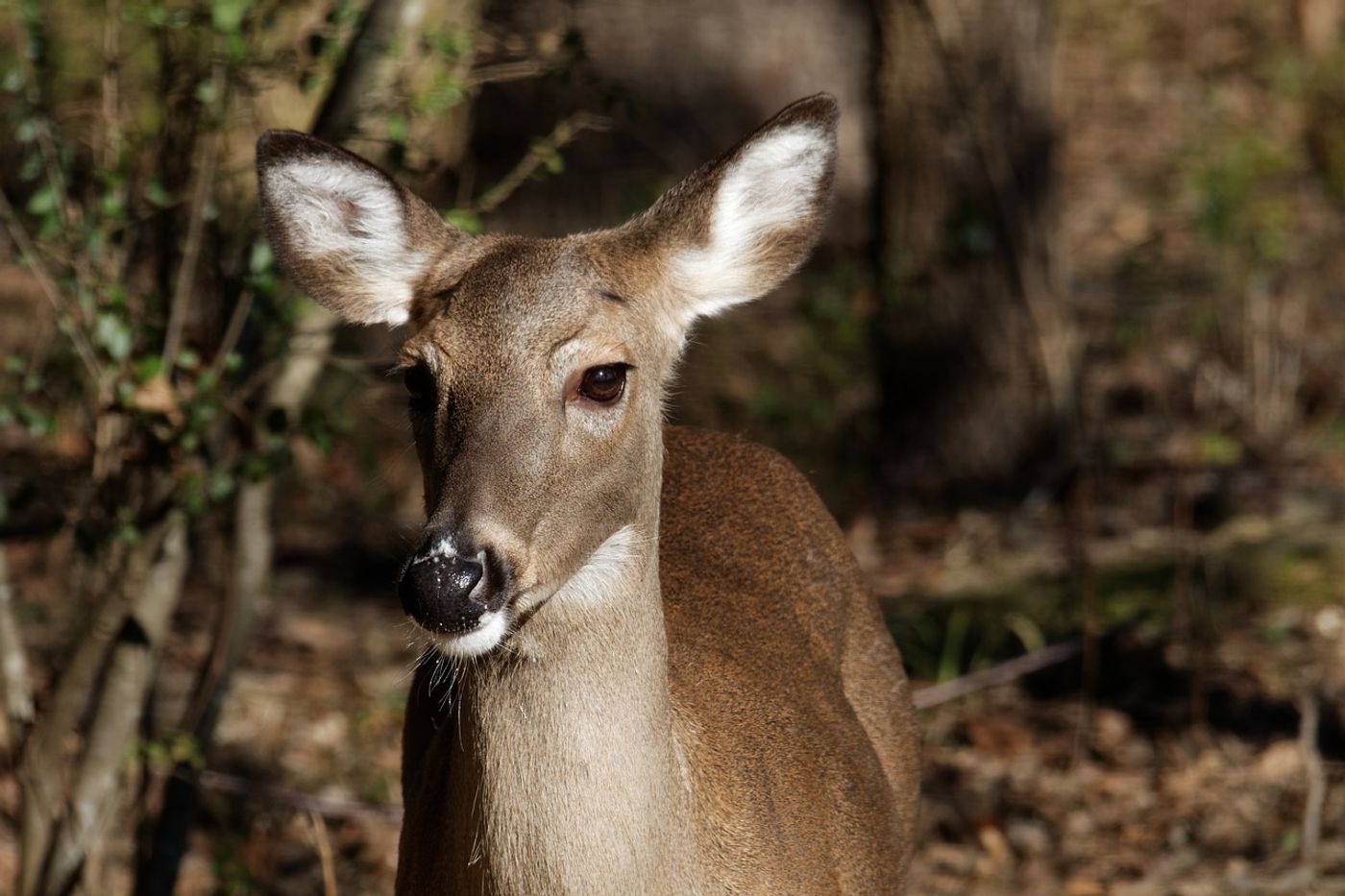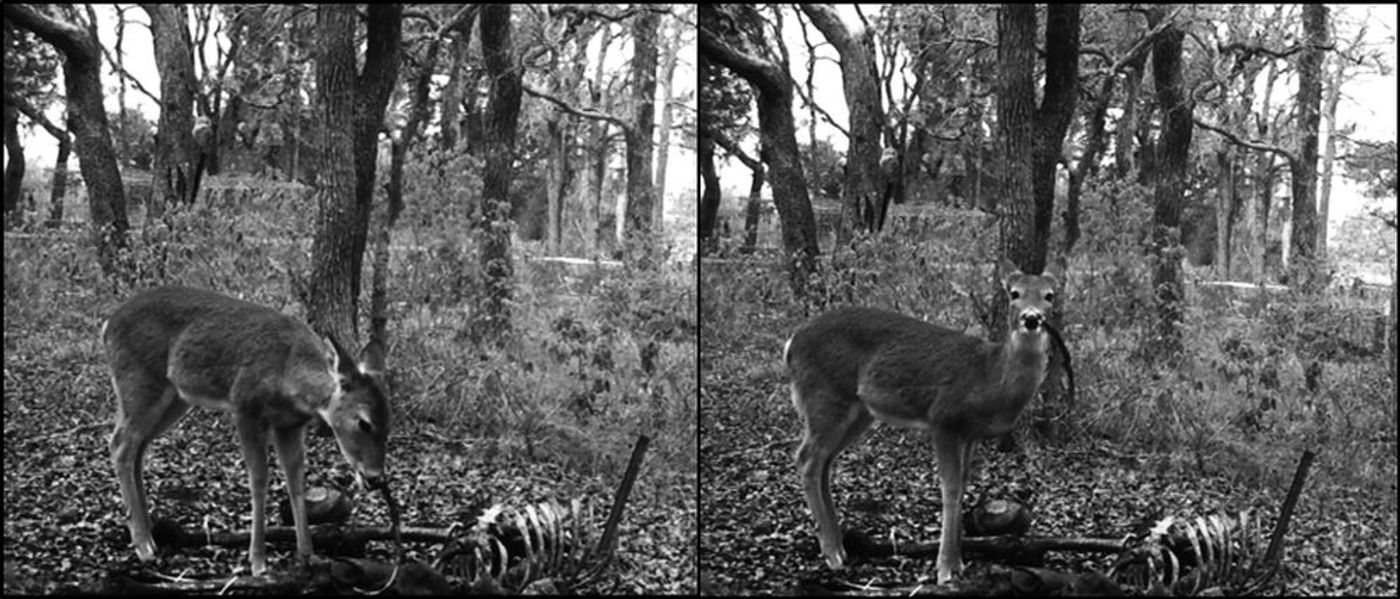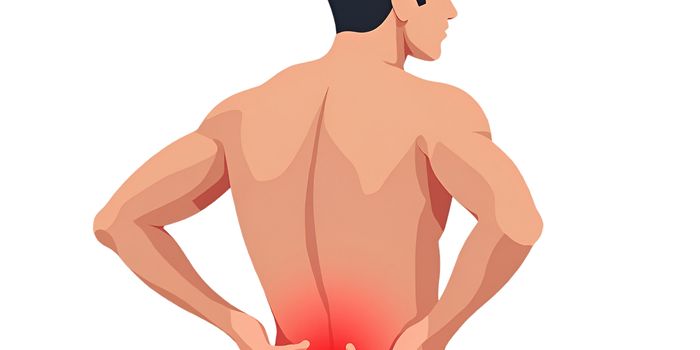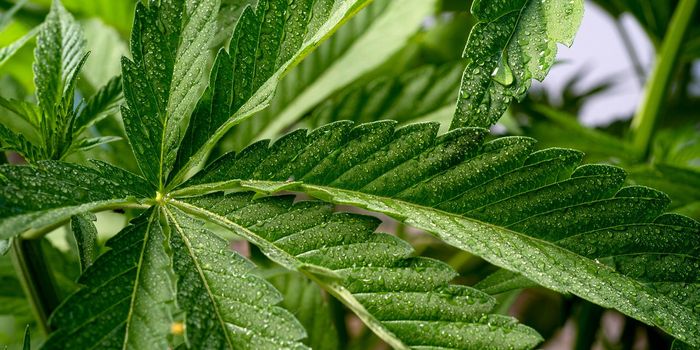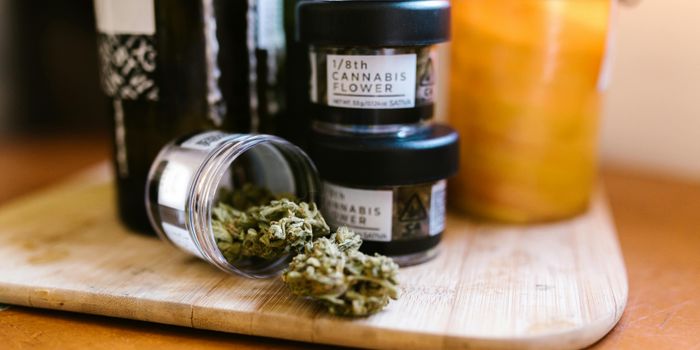Wild Deer Caught on Camera While Munching on Human Remains
For the first time in recorded history, researchers from Texas State University have observed a white-tailed deer munching on the remains of a human body.
Image Credit: Edbo23/Pixabay
This behavior was quite surprising, given the creature’s typical herbivorous diet, but for all we know today, white-tailed deer could’ve exhibited this kind of behavior with other animal remains and went unnoticed for years.
The discovery, which is published in the Journal of Forensic Sciences, was made possible when researchers planted the remains of a body (donated to science) in the middle of the Forensic Anthropology Research Facility (FARF) located in San Marcos, Texas in the Summer of 2014. They then set up camera traps to see what would happen as a result of the body’s presence.
Related: Controlling deer populations may help native plant species
Because FARF has 26-acres of land with plenty of wooded area, there tends to be a lot of wildlife nearby, including white-tailed deer. Scientists knew this would be a great place to study the effects of nature on a decomposing human body, so it wasn’t surprising to see wildlife investigating the remains from time to time.
By the beginning of 2015, scientists observed a white-tailed deer visiting the corpse and then munching on the bones. The camera shots actually show the deer with a human rib bone in its mouth.
Image Credit: Meckel et al.; Journal of Forensic Science 2017
Despite the typical herbivorous diet, it’s not uncommon to see deer occasionally going after meat sources to get a fair share of protein and minerals that are difficult to get from plant sources alone. That said, deer are sort of weird when it comes to what they'll eat – they're all over the place.
“The desire to consume bone, is practiced by ungulates primarily to obtain phosphorus in addition to supplementing calcium, sodium, and other minerals that are absent from their vegetarian diet during periods of nutritional stress, particularly in the winter months or without seasonal preference,” the researchers write in the study.
After a few short weeks, the body was visited once again by another deer, but from the video alone, it’s difficult to tell whether or not it was the same one.
Following the visits, scientists went to visit the remains and took note of all the damage to the bones that took place from the gnawing. Since every animal leaves behind its own distinct damage patterns, they could prove helpful in future crime scene investigations, as they’ll provide a baseline of data for how certain kinds of animals affect human remains in the wild.
Source: Gizmodo
